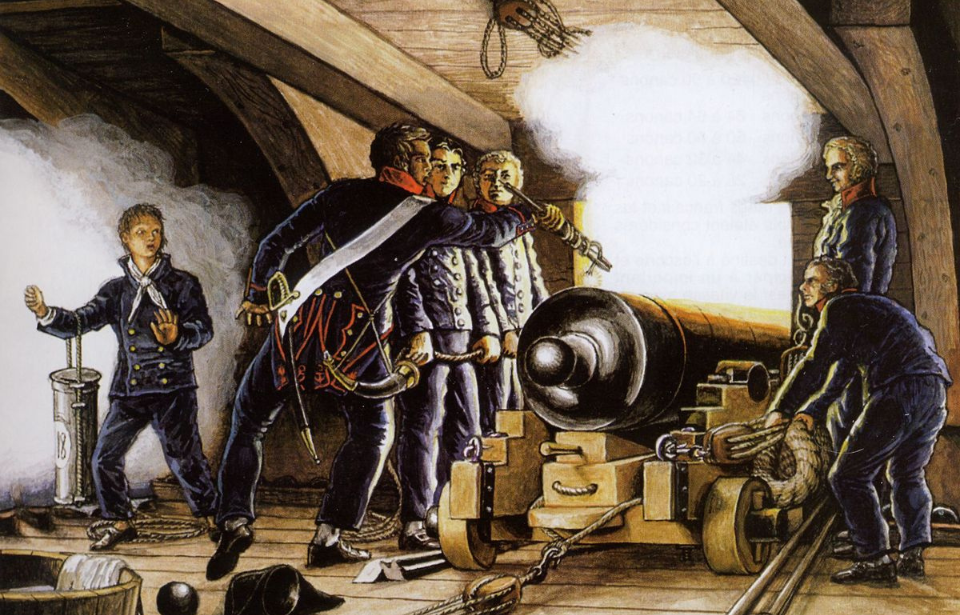In Britain, it’s said you’re never more than 70 miles from the sea. Given this, the country’s most important means of defense has, historically, been its navy. Aspects of the Royal Navy have found their way into everyday life, including the slang used by sailors. The following are just some of the expressions that’ve become commonplace today.
One piece of Royal and Merchant Navy slang refers to the actual sailors: Jack Tars. The name “Jack” was used generically to refer to a common man, in the way we might talk today about your average Joe. “Tar” referred to the tarpaulin or sailcloth, so the term “Jack Tar” distinguished a man from other Jacks. Because of this, naval slang is sometimes referred to as “Jack Speak.”
You’ve probably been using Jack Speak for years without even realizing it. Here are the origins of 10 common Royal Navy slang terms that have found their way into everyday use.
Chock-a-block

This Royal Navy slang is a variation of “block-to-block,” and refers to the blocks on the pulleys, which were used to haul and lift heavy objects on a ship. When two blocks were close together, the pulley wouldn’t move, so the expression was used to describe a situation where things were packed so closely together that there was no room to move.
That’s why we use it today to refer to a packed room or train carriage.
Bell-bottoms
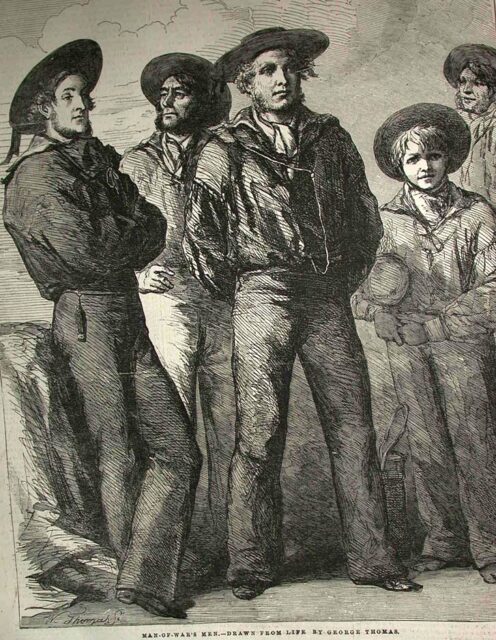
The traditional wide-legged trousers worn by sailors had little to do with fashion or practicality. They were, in fact, the result of the men’s limited sewing abilities.
All sailors were expected to make their own trousers. To keep things simple, they didn’t bother to shape the fabric to fit. Instead, they just used it as it came. As the standard width of a bolt of fabric was 54 inches, they’d cut it down the middle. After stitching the seams, they were left with two legs around 25 inches around the bottom, which became the standard uniform.
As it happened, the additional width made it easier to roll them up and keep them clear of water on-deck.
Letting the cat out the bag
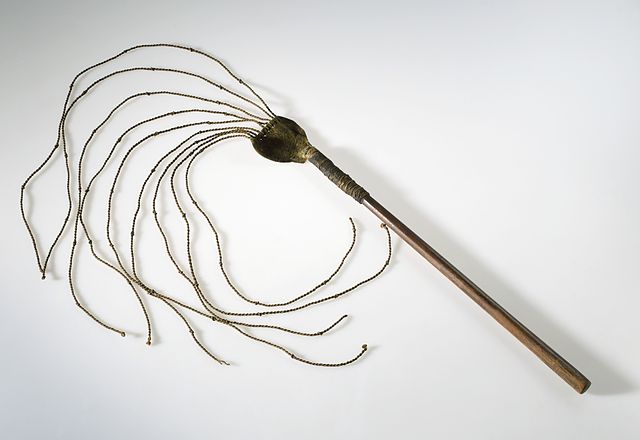
The cat in question with this Royal Navy slang wasn’t an actually ship’s cat, although feline sailors were often kept onboard to keep down the mice and rat populations, which would eat rations and gnaw through ropes.
In this case, the “cat” referred to the cat o’nine tails, a whip used to punish sailors. It consisted of three chords divided into three strands and attached to a wooden stick. It was kept in a bag, so whenever the “cat” was let out, it meant someone was going to be in trouble.
Although the term has now come to mean disclosing a secret, the underlying idea remains that said disclosure is likely to get someone into trouble.
Room to swing a cat
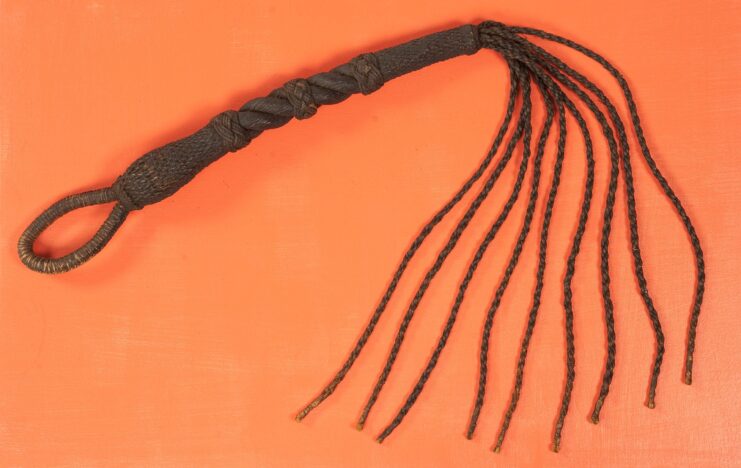
Again, the cat in question with this Royal Navy Slang is the cat o’nine tails. The term describes a space without enough room to swing the cat – namely, a very small space. While swinging the cat doesn’t involve cruelty to animals in this context, it certainly involved such actions toward humans, who were punished with lashes for what many could consider to be fairly minor offenses.
True colors
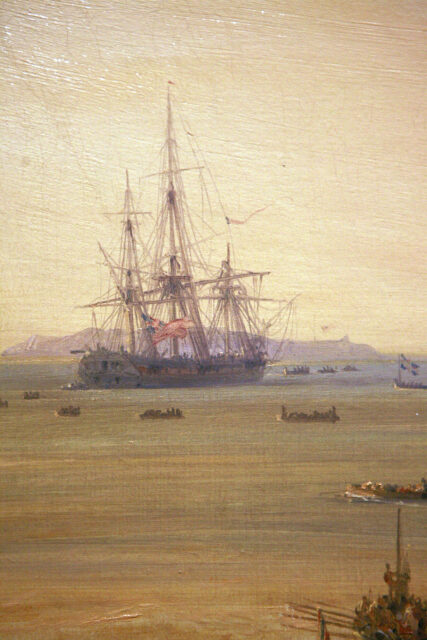
Ships were often identified by the colors of their flags. However, there were times when it was acceptable to fly false flag colors to avoid such identification. If, for example, you were approaching an enemy vessel, but not yet engaged in battle, it was considered acceptable. Once the fighting had commenced, however, each ship was obliged to show her true colors.
This is why it’s referred to showing their true colors when we realize someone is not how we’d initially imagined.
Show a leg
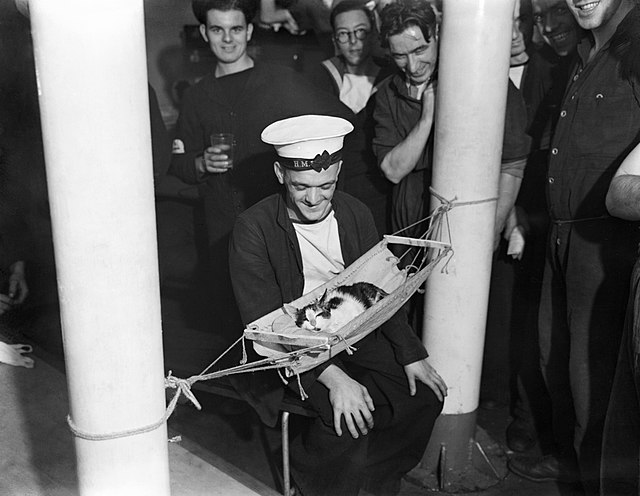
In the Royal Navy, the slang term to “show a leg” was typically a wake-up call, which meant whoever was addressed had to show they were at least awake and getting up soon. However, it wasn’t the sailors who were expected to show a leg – their girlfriends were the ones who had to.
When sailors were in port, their girlfriends were allowed to spend the night onboard. They were even allowed an extra 30 minutes in bed after the sailor had gotten up. However, anyone still in the hammock once the sailors were up could be asked to show a leg to ensure that it was the girlfriend and not the sailor who was under the covers.
Pull your finger out
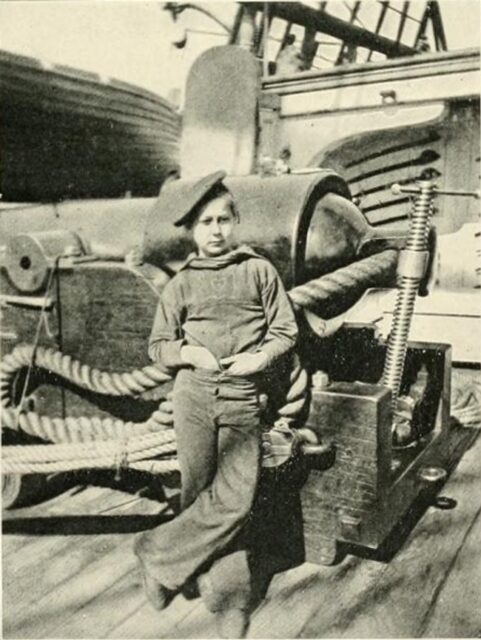
The finger in question with this Royal Navy slang is that of the so-called “powder monkey,” whose job it was to prime the cannon on the ship. To do this, he’d insert a small amount of gunpowder into the ignition hole, which had to be held in place by his finger. When it was time to fire, he would pull it out.
Consequently, the idea of not holding back and getting into action has, by extension, come to mean putting in some sort of effort to achieve a desired result.
Square meal
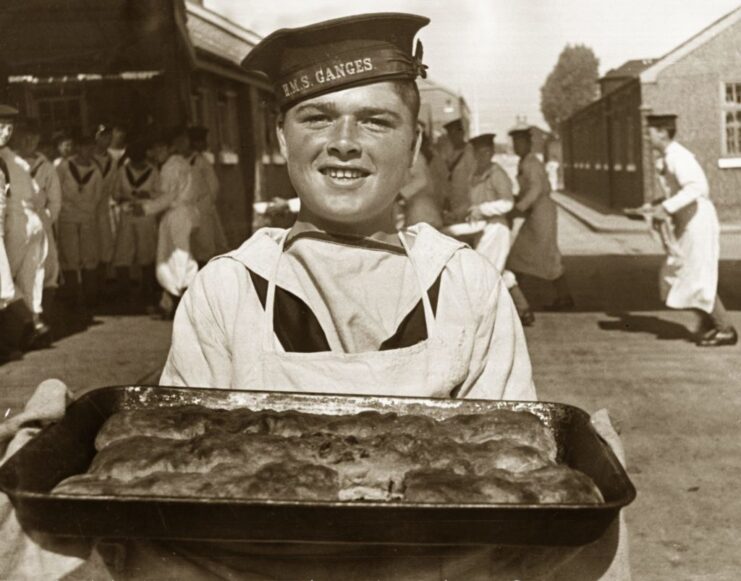
Why do we talk of about a square meal when most of us eat from a round plate? Well, it’s because sailors used to have their meals served on a square tray. This may have been for the convenience of easy stacking and storing when space was limited. The meal served on the tray was the main one of the day, which is why a square meal today is a substantial one.
Of course, with so many restaurants now serving food on boards and other implements, you could say that the Royal Navy was ahead of its time, in terms of its culinary presentation and slang.
Groggy

If you ever wake up feeling a bit groggy, it’s probably not because you have been drinking “grog.” Grog was sailors’ rum, which, at 57 percent proof, is stronger than the standard 40 percent we drink today. It was diluted one part rum to two parts water, and this task was overseen by Adm. Edward Vernon, who always wore a coat of grogram – a coarse mixture of silk and wool. This earned him the nickname “Old Grog,” so “grog” was the term given to the diluted rum.
Sailors who overindulged inevitably felt rather groggy the following day.
On the fiddle
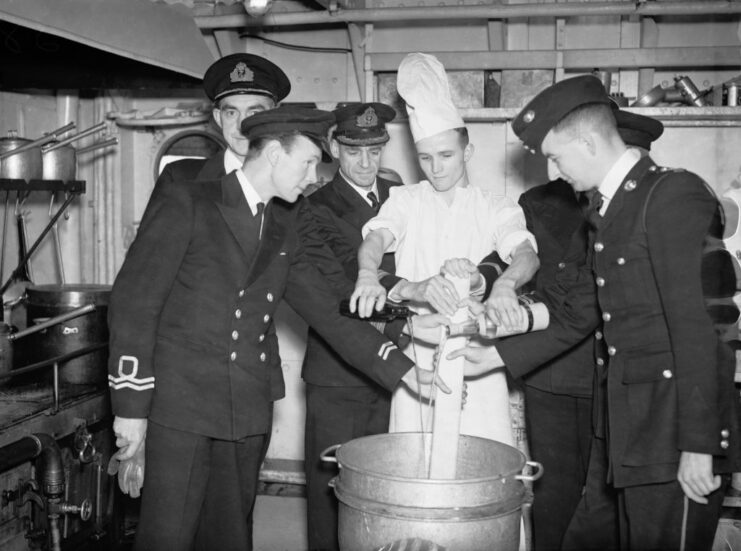
More from us: HMS Prince of Wales (53): The British Battleship That Took on Bismarck – and Survived
The final Royal Navy slang phrase on our list is “on the fiddle.” While it implies cheating or fraud, it also comes from sailors’ meal times. Food supplies had to be rationed strictly, to ensure there was enough to last the journey. As a result, the plates had a small lip around the edge known as the “fiddle” to mark how high they should be filled. Any sailor who overfilled his plate was said to be “on the fiddle,” which was, in fact, a punishable offense.
